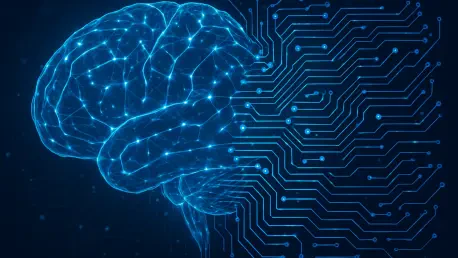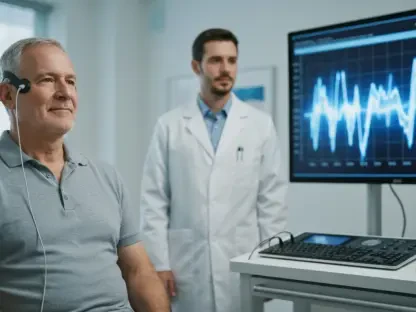Diving into the intricate world of brain circuits and decision-making, we’re thrilled to speak with Ivan Kairatov, a renowned biopharma expert with a wealth of experience in research, development, and cutting-edge tech innovations. Ivan has been at the forefront of exploring how computational models can unravel the mysteries of the human brain, particularly in understanding how we make choices under uncertainty. Today, we’ll delve into his insights on a groundbreaking computer model that mimics brain wiring, its implications for flexible thinking, and its potential to transform mental health research.
Can you tell us what sparked your interest in creating a biologically realistic computer model for studying brain decision-making?
Honestly, it came from a frustration with the limitations we faced in neuroscience and biopharma research. The brain is incredibly complex, making decisions based on incomplete or ambiguous information every day. But traditional models often oversimplified this, treating the brain like a black box without capturing the real wiring of neurons. I wanted to build something that mirrored how brain cells actually connect and function, so we could better understand why decision-making goes awry in conditions like schizophrenia or obsessive-compulsive disorder. It was about bridging the gap between single-cell studies and human brain imaging to get a clearer picture of adaptability under uncertainty.
How does your model replicate the way real brain cells interact to make decisions?
Our model, which we’ve developed with biological realism at its core, essentially creates virtual neurons that are wired together based on what we know about actual brain anatomy. It’s like constructing a digital map of how these cells talk to each other, coding for how they assign value to uncertain or partial information from the world around us. Unlike many AI systems that hide their inner workings, this model lets us see exactly how structure influences function. So, we can watch how this virtual brain learns from experience and adjusts when the rules change, much like a real brain would.
What surprised you the most when you ran simulations with this model?
One of the most eye-opening findings was what happened when we tinkered with the connection between two key brain regions—the prefrontal cortex, which handles planning, and the mediodorsal thalamus, a sort of relay station. When we weakened that link in the simulation, the system shifted to slower, more rigid, habit-driven learning instead of adapting flexibly. It was striking to see how much that single pathway mattered for staying nimble in decision-making. It really drove home the idea that even small disruptions in brain wiring can have a big impact on behavior.
Can you share more about the human study that tested the predictions of your model?
Absolutely. We paired the computational work with a human study using fMRI to see if our predictions held up in real people. Volunteers played a game where the rules would change unexpectedly, forcing them to adapt on the fly. The task was designed to test their ability to switch strategies when the context shifted. What we saw in the brain scans was fascinating—the mediodorsal thalamus lit up precisely when players recognized the change and adjusted their approach, just as our model had suggested. It confirmed that this region plays a critical role in toggling between different learning systems.
Why do you think the mediodorsal thalamus is so crucial for balancing flexible and habitual learning?
The mediodorsal thalamus seems to act like a switchboard in the brain, connecting and coordinating two major learning systems—one that’s fast and adaptable, and another that’s slower and based on ingrained habits. When the context changes, like when the rules of a situation shift, this region helps the brain figure out which system to prioritize. Understanding this mechanism is key because it explains why some individuals might struggle to adapt to new circumstances—if that switchboard isn’t functioning well, they might get stuck in rigid patterns or overreact to meaningless cues, which we see in various psychiatric conditions.
How do you envision this model shaping the future of mental health research or treatment strategies?
I see immense potential for what we’re calling ‘algorithmic psychiatry.’ This model could help us decode how mental illnesses arise from specific changes in brain circuits, allowing us to identify biological markers for more targeted, personalized treatments. For instance, many genetic mutations linked to disorders like schizophrenia affect chemical receptors across the brain. By simulating those changes, we can explore how they disrupt the organization of information for flexible thinking. Ultimately, it’s about moving from a one-size-fits-all approach to therapies that are tailored to an individual’s unique brain wiring.
What is your forecast for the role of computational models like this in advancing our understanding of psychiatric disorders?
I believe we’re on the cusp of a revolution in how we approach psychiatric disorders. Computational models like ours will become indispensable tools, not just for mapping out brain dysfunction but for testing potential treatments in a virtual environment before they reach clinical trials. Over the next decade, I expect these models to integrate even more data—from genetics to real-time brain activity—helping us predict and prevent mental health challenges with unprecedented precision. It’s an exciting time, and I think we’ll see these tools fundamentally change how we support mental well-being.









